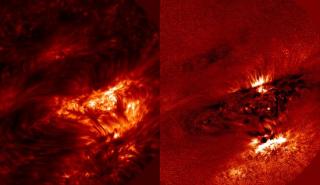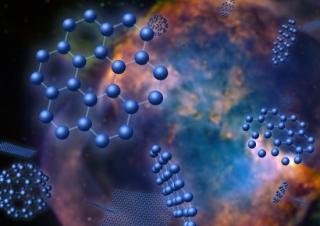
The abundance ratios between key elements such as iron and α-process elements carry a wealth of information on the star formation history (SFH) of galaxies. So far, simple chemical evolution models have linked [α/Fe ] with the SFH time-scale, correlating large abundance ratios with short-lived SFH. The incorporation of full spectral fitting to the analysis of stellar populations allows for a more quantitative constraint between [α/Fe ] and the SFH. In this letter, we provide, for the first time, an empirical correlation between [α/Fe ] (measured from spectral indices) and the SFH (determined
Advertised on

